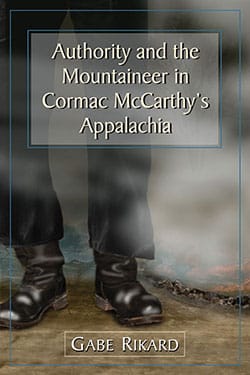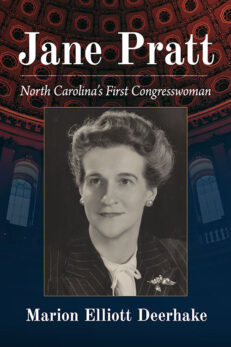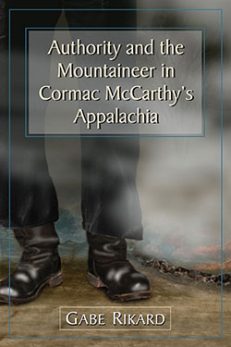Authority and the Mountaineer in Cormac McCarthy’s Appalachia
$29.95
In stock
About the Book
The author uses theories on power, resistance and discipline developed by Michel Foucault to analyze the interactions of mountaineers and the authorities who have attempted to “modernize” them. The book shows how McCarthy manipulates Appalachian images while engaging in a form of archeology of Appalachian constructs.
Initially the book explores the interplay of the dominance/resistance duality. Roads provided ways into the mountains for industry and ways out for the mountaineer, cotton mill villages and regional cities served as “disciplined” destinations for Appalachian out-migrants. McCarthy’s character Lester Ballard (Child of God) represents the epitome of hillbilly delinquency.
The author explains how the iconic image of the mountaineer—a notion cultivated by fiction writers, benevolent organizations, and academics—“othered” the mountain people as deviants. The book ends by considering the ways in which The Road returns to the rhetorical and geographical region of his early work, and how it fits into McCarthy’s Appalachian oeuvre.
About the Author(s)
Bibliographic Details
Gabe Rikard
Format: softcover (6 x 9)
Pages: 248
Bibliographic Info: notes, bibliography, index
Copyright Date: 2013
pISBN: 978-0-7864-7459-2
eISBN: 978-1-4766-0347-6
Imprint: McFarland
Table of Contents
Table of Contents
Abbreviations vi
Preface 1
An Historical Prelude: The Whiskey Rebellion 7
Introduction: An Archeology of Authority and Appalachia 21
One. Spatializing Conduits: The Roads of Appalachia 41
Two. Modernizing Discipline: Mill Villages,
Metropolises and Mountaineers 86
Three. A Case of the Superlative: Lester Ballard,
Mountaineers, Children of God and Men 131
Four. The Construction and Maintenance of an
Icon, or Fantasizing the Mountaineer 167
Coda: Atavising the Mountaineer: The Road 207
Notes 227
References 229
Index 237
Book Reviews & Awards
“insightful examination…recommended”—Choice.





